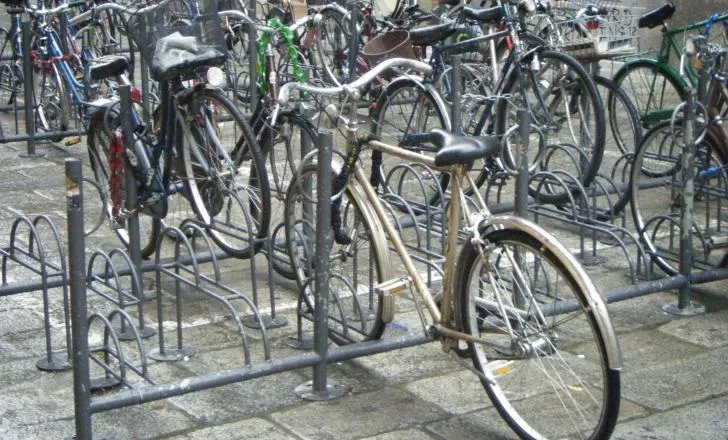The test results are the last step in the preparation for the roll-out of cooperative systems in Europe. During the three and a half years of the project, more than 750 drivers tested eight safety-related functions of cooperative functions all over Europe. The operational tests took place in seven test sites in Finland, France, Germany, Italy, Netherlands, Spain and Sweden. In total, more than 200 vehicles drove more than 1.5 million kilometres. A faultless performance of the functions during these extensive field trials has shown that the system is mature for deployment.
The tests have clearly demonstrated a positive impact of DRIVE C2X on safety and efficiency. Drivers reacted to information and warning signals. As an example, the in-vehicle signage (IVS) on speed limit and weather warning (WW) showed most potential to decrease fatalities. Assuming a 100 per cent penetration rate, IVS speed limit that provides continuous information would reduce on average 23 per cent in fatalities and 13 per cent in injuries. WW would lead to 6% less fatalities and 5 per cent less injuries. From an efficiency perspective, functions such as the IVS on speed limit and green light optimised speed Advisory (GLOSA) indicated significant effects for both the environment and traffic efficiency. Drivers reacted to the information by reducing their speed in most cases.
User acceptance is high with nine out of ten test users welcoming the cooperative systems. Users indicated that they are willing to use it if it were available in their vehicles. The test results also demonstrate a positive impact on travel comfort. Specifically, journey quality is improved in terms of decreased user uncertainty and stress, and feeling of safety and comfort.
In addition, Drive C2X also shows evidence for economic viability thanks to more than 50 interviews with representatives across all major stakeholder groups. The interviews revealed that the economic potential can significantly be increased if cooperative systems are launched both as standard equipment and open to third party applications.
The benefits of the Drive C2X system result from an increase in safety – less or less severe accidents – and decrease of traffic congestion. Comparing the benefits of C2C and C2I-technology, the project concluded that the benefits resulting from infrastructure based systems are slightly higher than those from C2C-technology.
Drive C2X ‘proves Europe is ready for cooperative systems roll-out’
The DRIVE C2X provides a comprehensive, Europe-wide assessment of cooperative systems through field operational tests, and is to present its results on 16 and 17 July in Berlin.
The test results are the last step in the preparation for the roll-out of cooperative systems in Europe. During the three and a half years of the project, more than 750 drivers tested eight safety-related functions of cooperative functions all over Europe. The operational tests took place in seven test sites in Finland, France, G
July 16, 2014
Read time: 3 mins
The DRIVE C2X provides a comprehensive, Europe-wide assessment of cooperative systems through field operational tests, and is to present its results on 16 and 17 July in Berlin.









